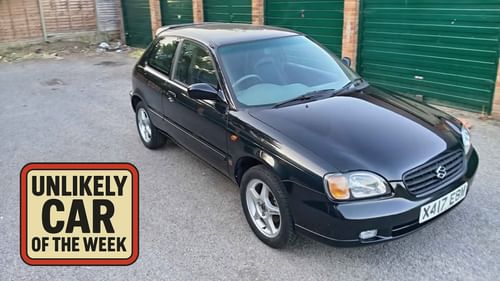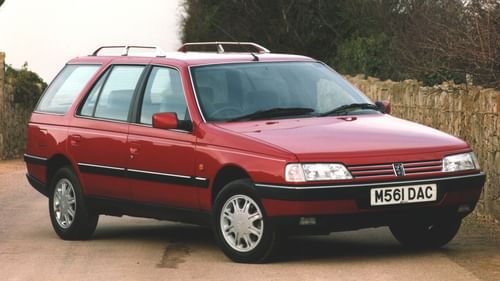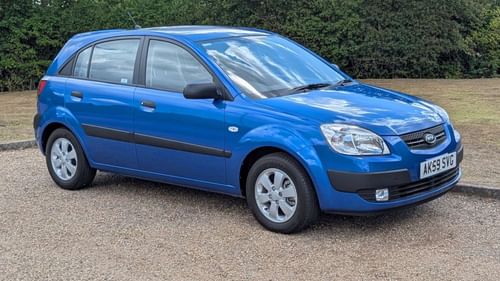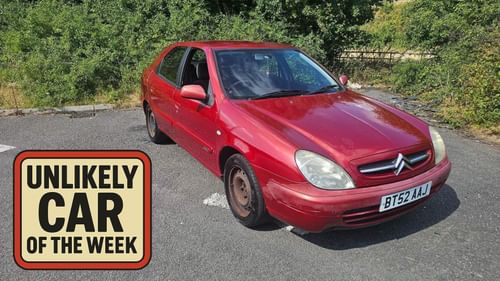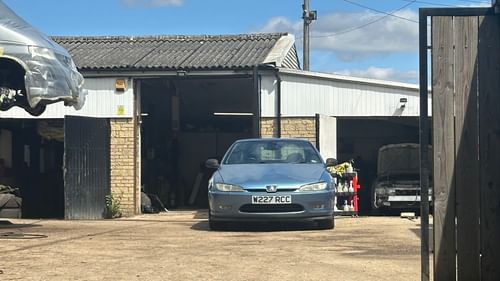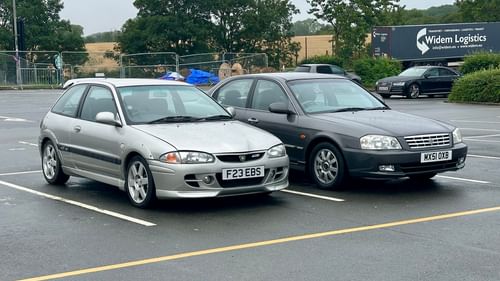It’s time to appreciate the Mk1 Vauxhall Zafira
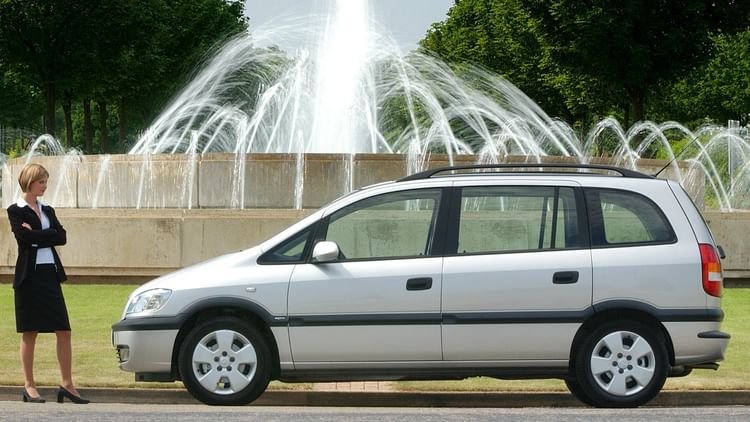
Every dog has its day. Or, to put it another way, it’s time to appreciate the Mk1 Vauxhall Zafira.
For two decades, the Mk1 Vauxhall Zafira has come to represent everything we try to avoid in a car. Nobody in their right mind would park next to a Mk1 Zafira in a car park. They’re a car to avoid on a B-road. A purchase driven by necessity, with a complete absence of desirability.
It followed the Renault Megane Scenic as one of a new breed of small hatchback-based MPVs. But while Renault was initially keen to shout about the Megane connection, Vauxhall decided to downplay the link to the Astra, choosing to name it the Zafira.
A bold move, especially when you consider the brand equity held by the Vauxhall Astra, which was ranked second in the 1999 European Car of the Year award. There was no shame in being beaten by the Ford Focus.
The Astra underpinnings – developed in partnership with Lotus – gave the Mk1 Zafira surprisingly good road manners, although the high centre of gravity meant that it was no performance MPV. Not that this stopped Vauxhall from launching a Zafira GSi in 2001, complete with a 192hp 2.0-litre turbocharged engine. Daddy cool...
Seven Nation Army

The Opel/Vauxhall Zafira was designed by Porsche in 1994 and takes pride of place in the Porsche Museum in Stuttgart (see image below). If this doesn't score you some kudos points over a pint, nothing will. It made its debut as a concept in 1997, before going on sale in the UK in May 1999.
At its launch it held a couple of ace cards over the Renault Megane Scenic – two extra seats. Admittedly, older children required a GCSE in contortionism to get comfortable, but the fact remains – the Mk1 Vauxhall Zafira was the first genuine seven-seat mini-MPV.
It’s important to remember that Vauxhall achieved this seven-seat flexibility in a car that was barely an inch longer than the Vauxhall Astra estate. That’s space for a family of seven in a car with roughly the same footprint as a five-door hatchback.
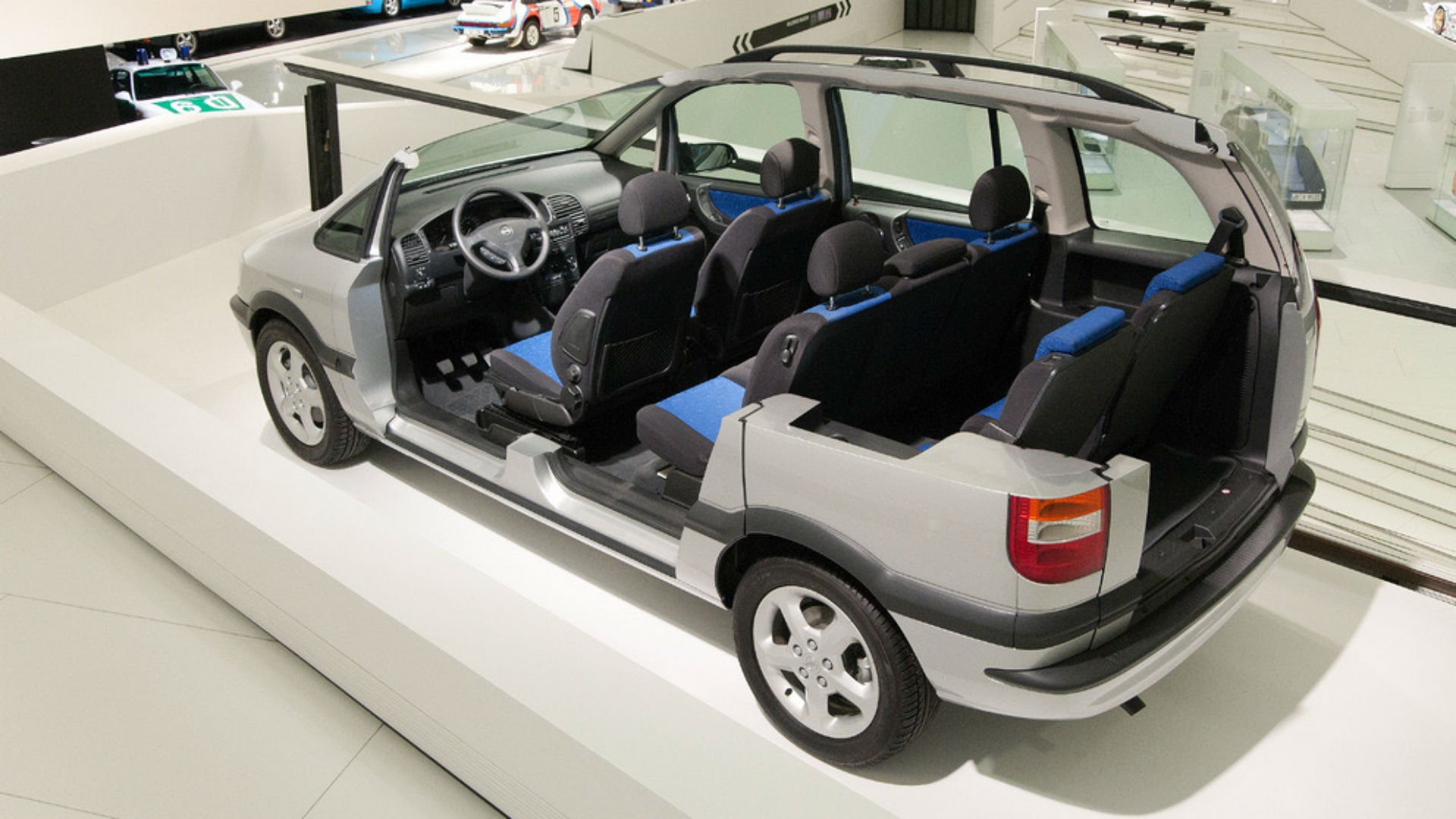
Consider the dimensions. The Mk1 Vauxhall Zafira is 4,317mm long, 1,999mm wide and 1,634 tall. The current Nissan Qashqai – Britain’s favourite crossover and a strict five-seater – is slightly longer and wider, but a little lower.
Many of today’s breed of seven-seat SUVs suffer the same size issues in the third row, but do so in a car that’s roughly the same size as the Royal Albert Hall. Vauxhall/Opel should be applauded for this miracle of packaging.
The Flex 7 seating arrangement must have been a boon for parents who were still coming to terms with the fact that they were about to spend the duration of a crippling finance agreement owning a mini-MPV.
The middle row of seats could slide back and forth by up to eight inches, delivering a choice between maximum boot space or legroom. Crucially, it also meant that the third row passengers could travel without removing their legs. The fact that the seats remained in the car when not in use was another step forward for the MPV.
Seven Seas of Rye
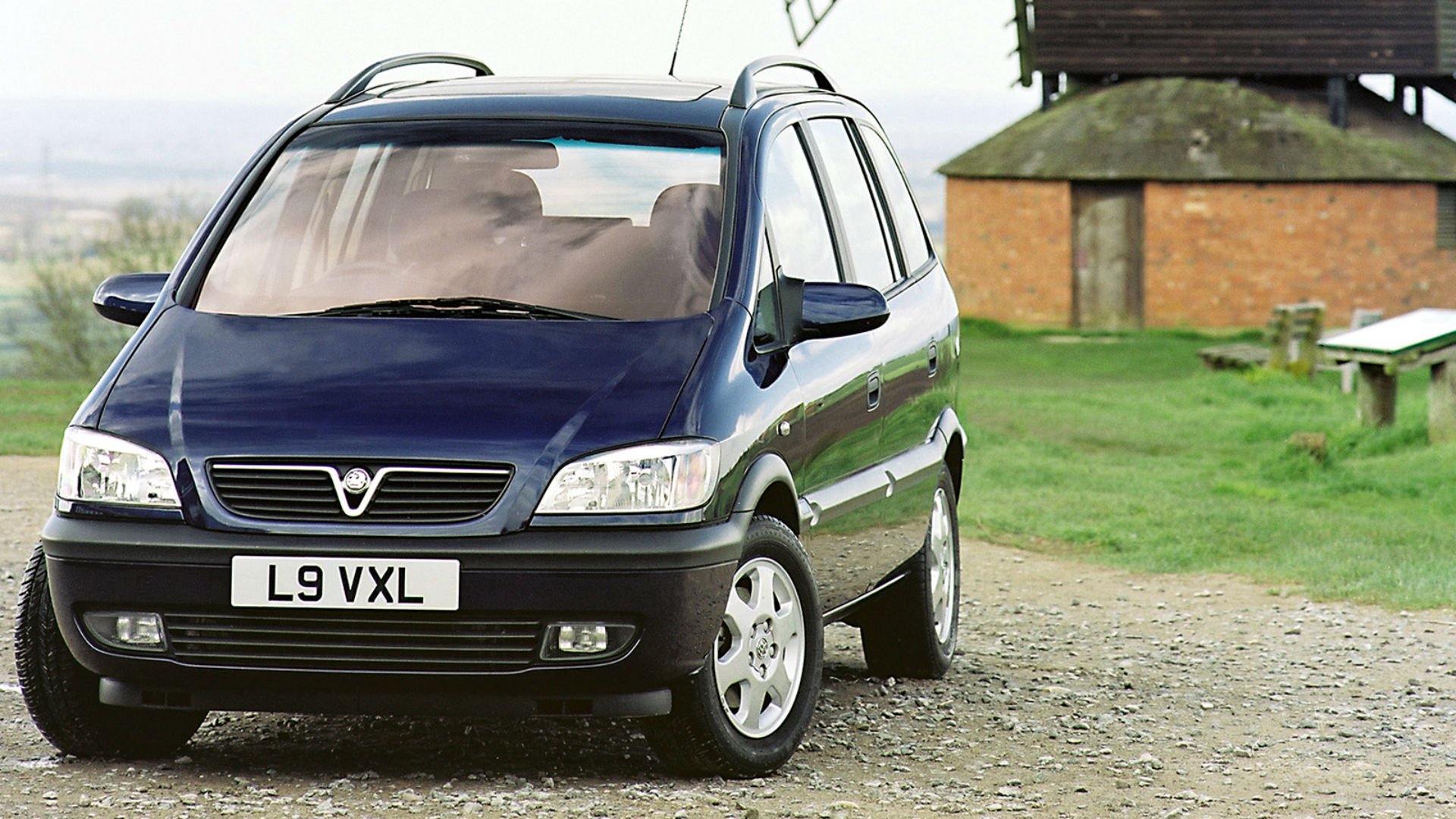
Sure, with all seven seats in use, you’d have to leave the grocery shopping at the supermarket, meaning many families went hungry at the turn of the millennium. There was also no room for the pooch, which resulted in a permanent ‘no vacancies’ sign at Battersea Dogs Home.
Small prices to pay for a seven-seat Vauxhall that wasn’t the Sintra. It was also pretty cheap. Twenty years ago this month, an entry-level Vauxhall Zafira 1.6 16v would set you back £14,320 – roughly the same price as the equivalent Astra estate.
You couldn’t exactly wander down to your local Volkwagen or Ford dealer to carry out the kind of comparison research that keeps readers of What Mini-MPV? awake at night. It would be a while before the rest of the market caught up with Vauxhall.
Like so many other Vauxhalls, the Mk1 Zafira suffers from familiarity and contempt. Its spiral into oblivion fast-tracked by the wider public’s obsession with compact crossovers and PCP deals. Why spend £500 on a tired Mk1 Zafira when a soulless and depreciating crossover can be yours for £150 a month for upteen years?
As a result, the Mk1 Vauxhall Zafira will be extinct faster than you can say “How’s that new car of yours?” Try finding one with a full quota of wheel trims, fewer pock-marks than Bryan Adams’ face and an interior that isn’t covered in a cocktail of sick, boiled sweets and the remnants of 20 years of Happy Meals.
Good ones are out there. This 2002 example is finished in squint-and-it-looks-like-British-Racing-Green paint and comes with tasteful six-spoke alloy wheels and the desirable Elegance trim. The 1.8-litre engine is barely run-in at 171,000 miles…
Shed Seven
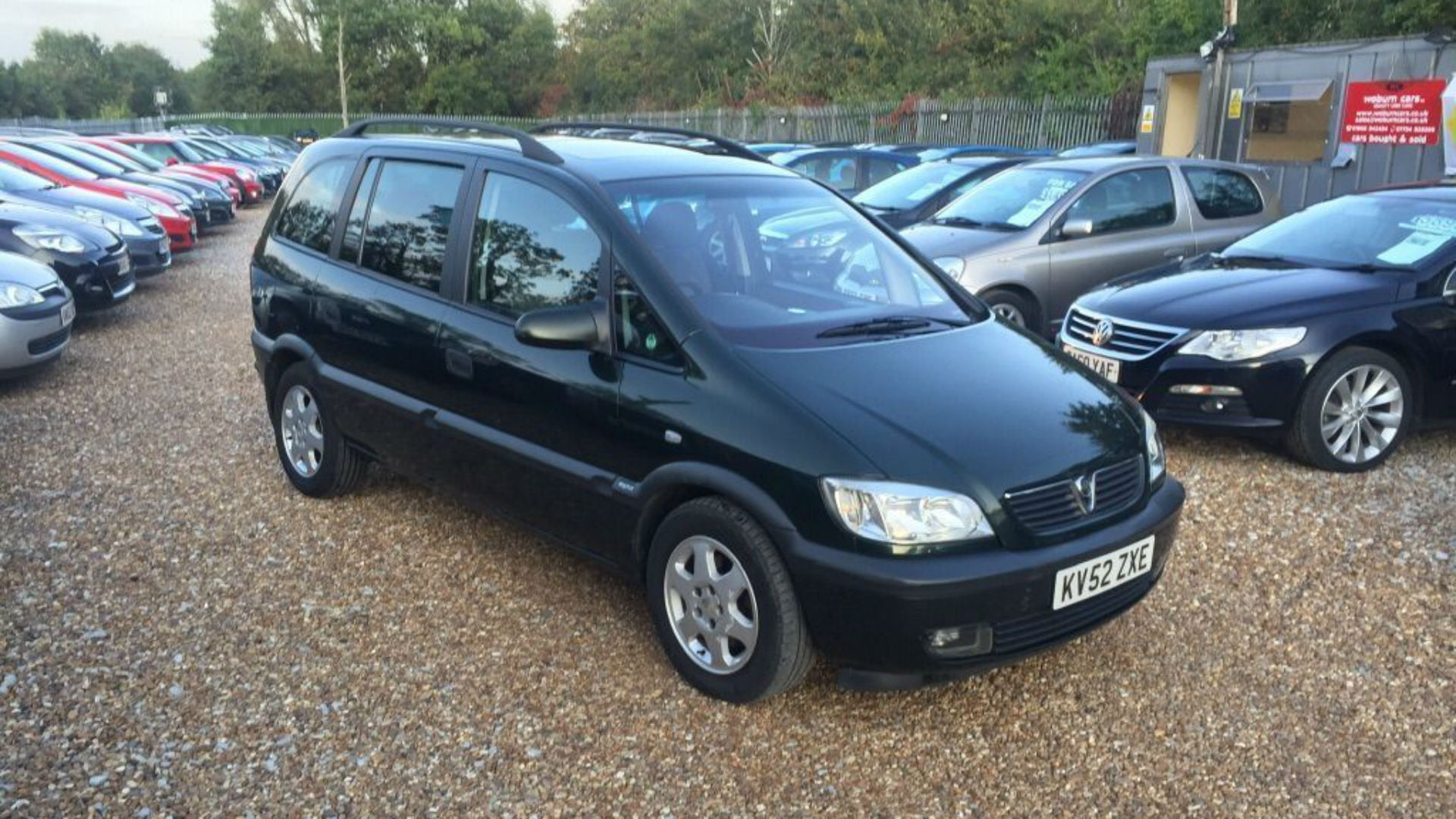
Maybe it’s the after-effects of the Christmas gin, but PetrolBlog is finding the Mk1 Zafira’s understated styling increasingly appealing, while the fuss-free dashboard is a breath of fresh air in 2020.
See one on the road today – which is becoming an increasingly rare occurrence – and you’ll be struck by how small it looks. To think we managed to cram seven people into a car that’s roughly the size of a modern supermini.
Who better than a thankfully fully-clothed Griff Rhys Jones to extol the virtues of the Zafira’s seven-seat practicality and flexibility? At least we didn’t have to suffer the sight of him in his Y-fronts for this campaign.
Here’s the thing. The Mk1 Vauxhall Zafira moved the game on and inspired a new breed of imitators in the process. It’s high time it’s given the credit it deserves.
You may not fancy the pants off it, but the original Zafira is one of a select number of cars that is fit to wear the ‘Tardis’ badge. Speaking of which, is there a doctor in the house? PetrolBlog appears to have lost its mind.
